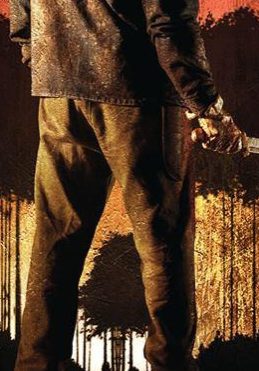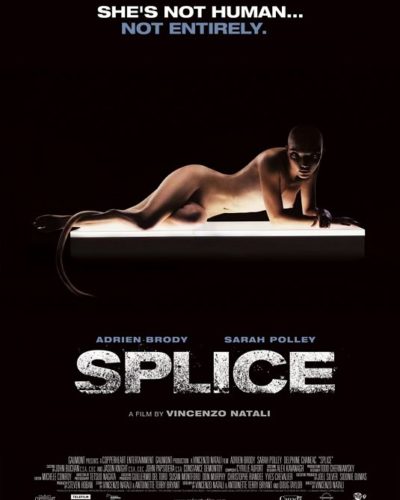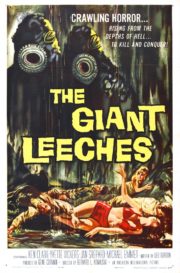Revisiting a Nightmare: The Town That Dreaded Sundown (2014)
In the shadows of the silver screen, the 2014 film The Town That Dreaded Sundown resurrects a chilling tale rooted in true crime and urban legend. Directed by Alfonso Gomez-Rejon, the movie is a meta-sequel to the 1976 horror classic of the same name, interweaving its narrative with the terrifying real events that took place in Texarkana in the 1940s. Texarkana is once again haunted by a menacing figure in a sack mask, committing acts mirroring the original ‘Moonlight Murders.’ Yet, this is not just a rehash of a slasher flick; it’s a grisly reminder that some horrors refuse to be confined to the past, challenging viewers with an enigmatic blend of homage and originality.
A Symphony of Shivers
The film’s ambiance is a cacophony of dread that leans heavily on atmosphere to distress its audience. Suspense is the driver, with scenes that stretch the tension until it snaps, only to rebuild it again. Gomez-Rejon successfully cultivates a bleak mood, utilizing the gloomy landscapes of Texarkana, tinged with the aura of a town that has never quite recovered from its dark history.
His mastery of the slow build in tension can be simultaneously laudable and vexing. The sense of an impending doom envelops the narrative compellingly, but at times, it feels like it could accelerate for the sake of pacing without sacrificing its scare factor. Nonetheless, the atmosphere effectively invokes a pervasive sense of unease, leaving the audience wary of what—or who—might be lurking in the dark.
Through the Eye of Horror
Gomez-Rejon wields his cinematic tools with a calculated hand, crafting visuals that are as striking as they are spooky. The film benefits from his nuanced use of dim lighting and a moody color palette that both honors the vintage aesthetic of its predecessor and stamps its modern identity. His camera angles are anything but static, ranging from wide, sweeping shots that accentuate the characters’ isolation, to intense, claustrophobic close-ups that amplify the terror. A shout-out is deserved for the unique split-screen sequences that not only provide a nod to the 1970s filmmaking style but also cleverly juxtapose tranquility with terror, ratcheting up the anxiety.
Without overwhelming reliance on special effects, the film maintains a grounded, almost gritty look. It’s a visual style that emphasizes the rawness of the killer’s actions and the town’s palpable fear, which contributes significantly to the horror ambiance it aims to project.
A Chorus of Carnage and Character
When it comes to performances, The Town That Dreaded Sundown presents a mixed bag. The characters, while somewhat thinly written, are given life by committed actors who make the most out of their terror-stricken roles. They strike a balance, often avoiding overly dramatized screams and tears, choosing instead to manifest a believable terror that any of us might exhibit when faced with the inexplicable and murderous.
The incorporation of different horror mechanics—taking cues from slasher films, true-crime thrillers, and even meta-cinematic elements—creates an engaging but occasionally conflicting tone. The film sometimes struggles to establish which aspect it wants to emphasize—the reverence for its source material or the reinvention of its horror tropes. By drawing on the real-life unsolved murders and blending it with fiction, it toes a complex line between reality and movie magic.
Methods to frighten are varied. There are moments of gore designed to shock the squeamish, and tension-filled sequences that prey on the audience’s psyche. A commendable aspect is the way it avoids predictability with its scares, aiming to unsettle rather than just startle.
The Echoes of Fear and Reflection
The film does not shy away from deeper themes. It probes the impact of trauma and the lasting scars of violence on a community. The societal fixation on retelling and consuming stories of horror is also subtly dissected, providing an intriguing commentary on our collective morbidity. These undercurrents add layers to the film, elevating it from mere reenactment to a reflective piece on the genre itself.
As for its effectiveness, The Town That Dreaded Sundown does more than merely frighten—it unsettles, it questions, and it pays respectful homage while walking its path. Horror connoisseurs may appreciate its intricate blending of past and present storytelling while casual viewers might find the historical ties a unique drawcard.
Looking across the horror landscape, this film bridges the gap between classic terror and the modern demand for a nuanced narrative. Those with a penchant for true crime will find an added layer to savor, while fans of traditional slasher flicks receive a masterclass in atmosphere-driven anxiety.
Twilight Reflections and Recommendations
To summarize, The Town That Dreaded Sundown is a film that will resonate well with those who appreciate a horror flick that is as much a psychological exploration as it is a blood-curdling journey. Its strength lies in its atmosphere and visual storytelling, even if it stumbles occasionally with its pacing and character development. Those sensitive to violence should be wary, as it doesn’t pull punches with its graphic content.
As a critical evaluation, the film stands as an effective and innovative entry within the horror genre that should not be overlooked by those seeking more than cheap thrills. It’s an eerie cinematic endeavor that warrants attention from horror aficionados and newcomers alike, promising a chilling visit to a town shadowed by sundown that won’t be easily forgotten.




